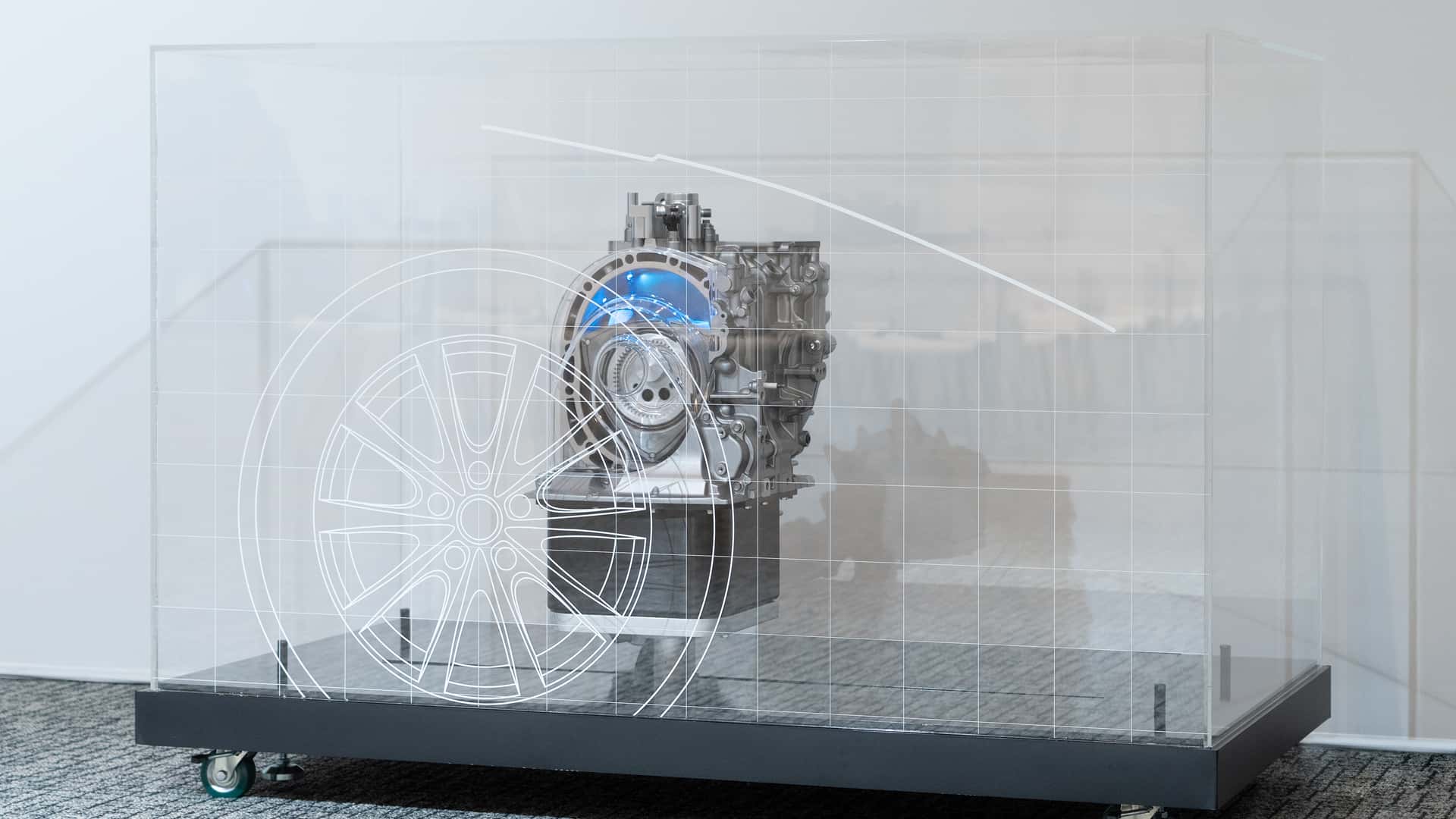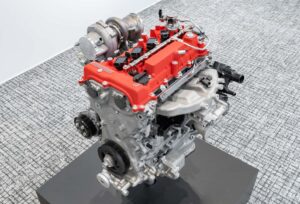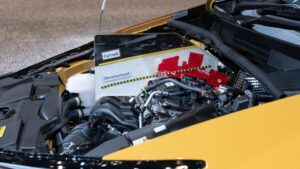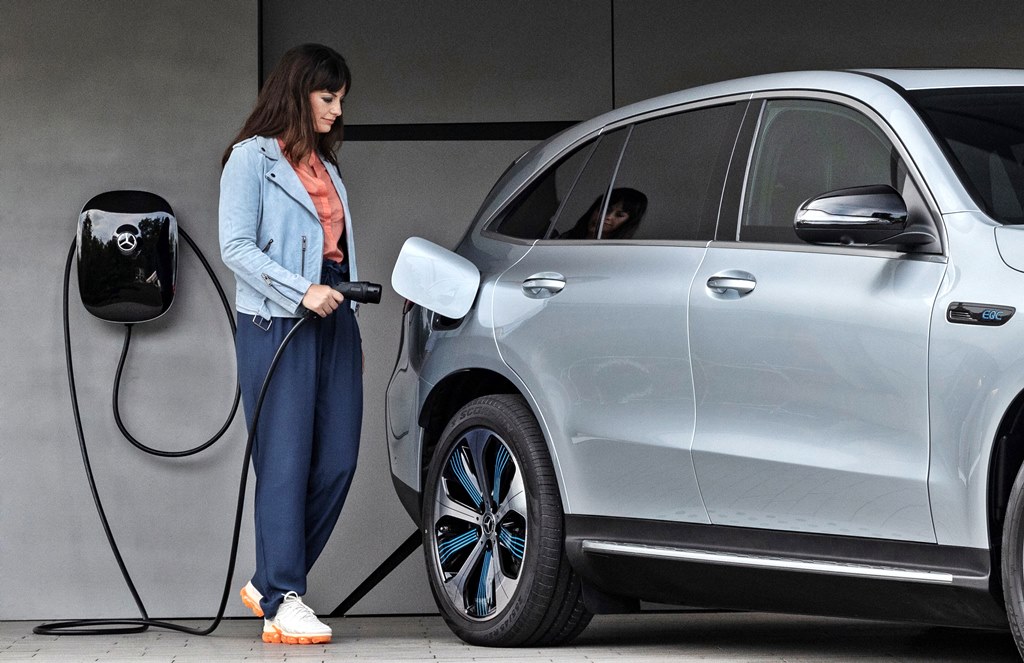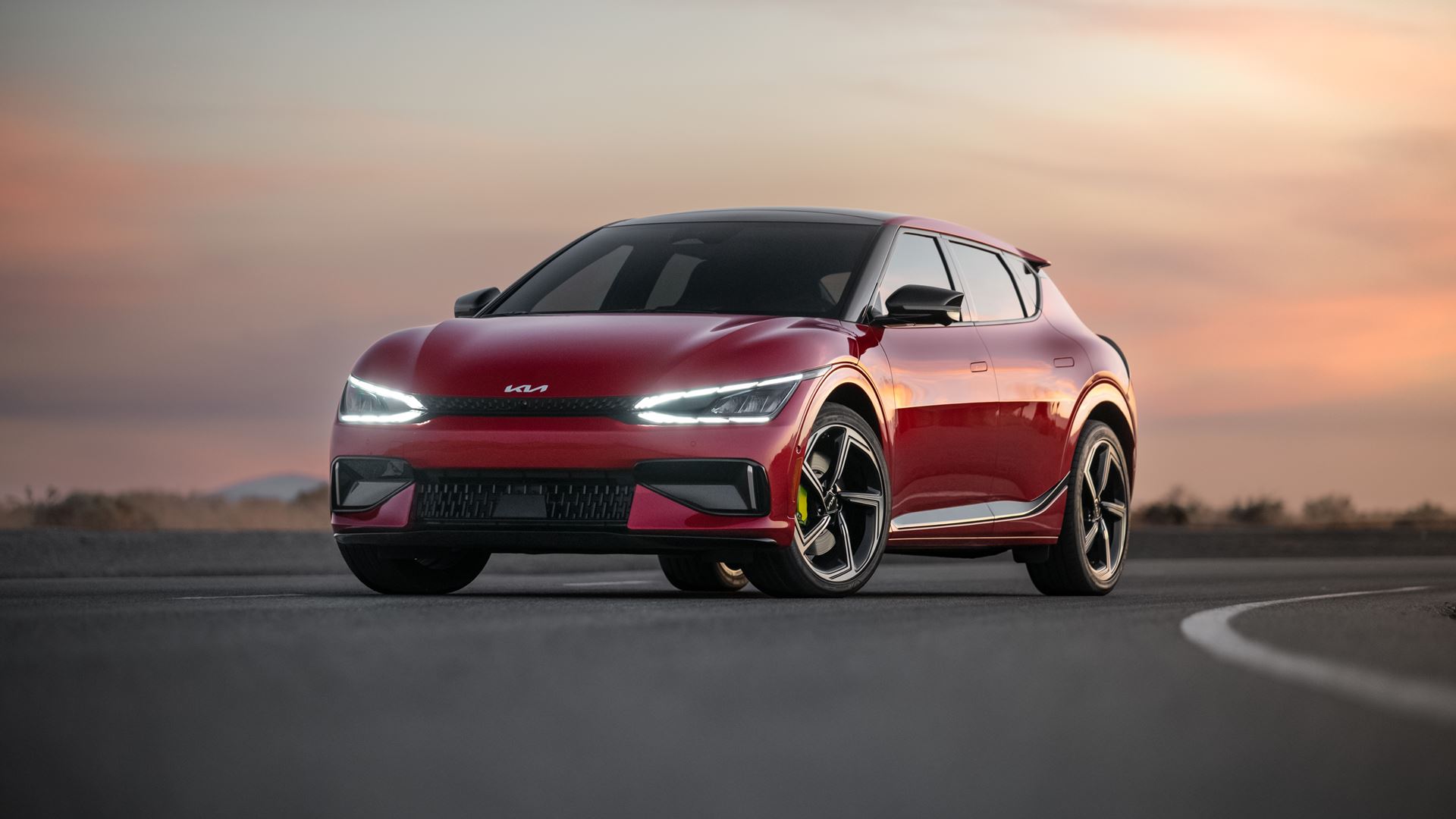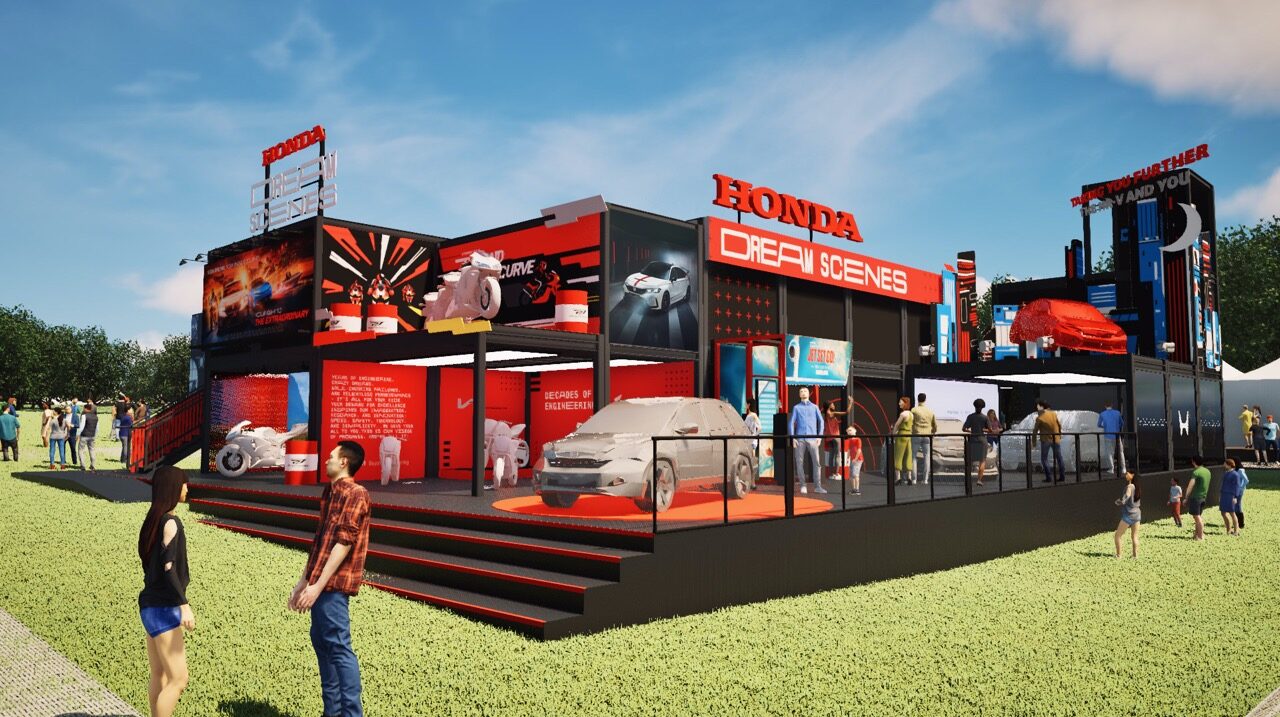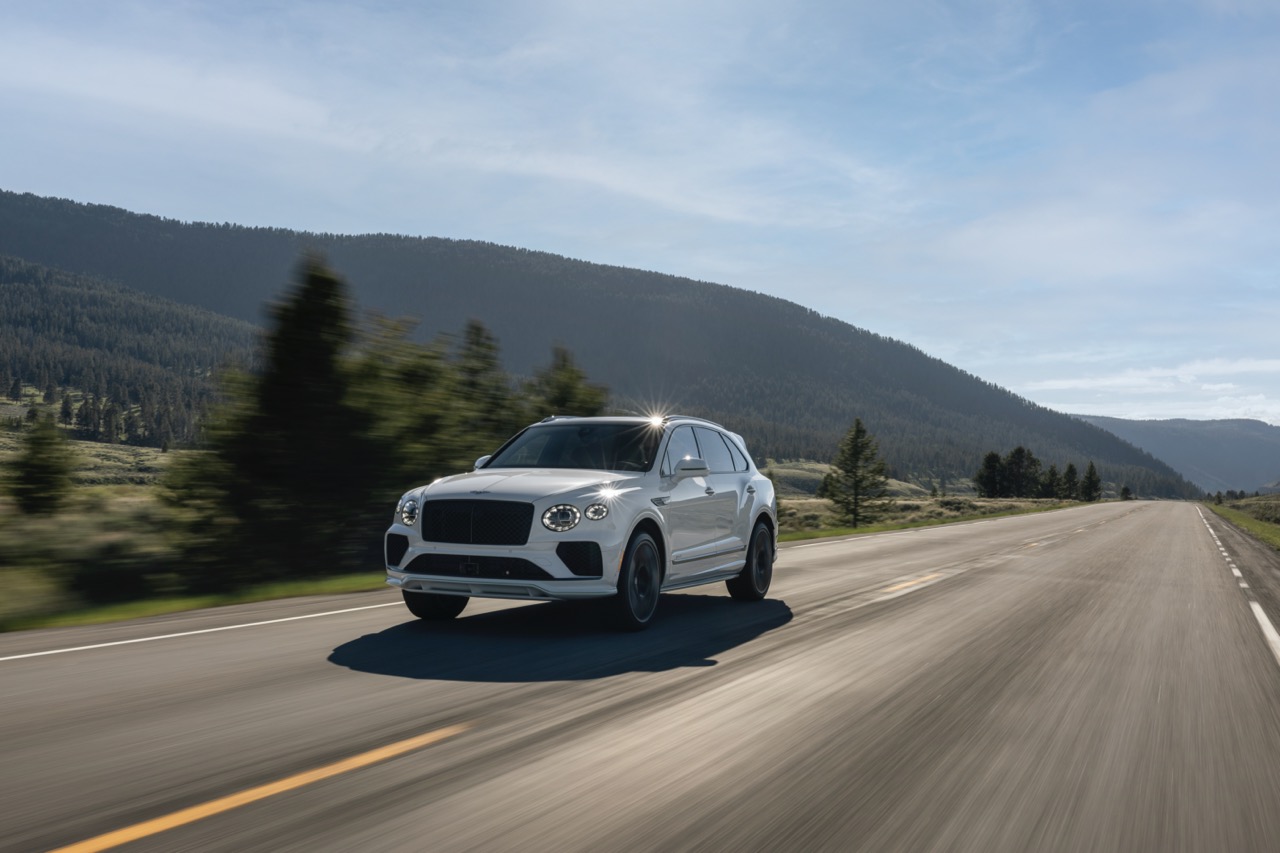Subaru Corporation, Toyota Motor Corporation, and Mazda Motor Corporation are taking significant steps towards carbon neutrality by developing new engines tailored for electrification and compatibility with carbon-neutral (CN) fuels. This collaboration underscores their commitment to innovative solutions that optimise integration with electric drive units, motors, and batteries, while also focusing on reducing the carbon footprint of internal combustion engines (ICEs).
Key Initiatives and Goals
- Development of Compact, Efficient Engines:
– Integration with Electric Drive Units: The new engines are designed to work seamlessly with electric motors and batteries, enhancing overall vehicle performance and efficiency.
– Smaller, More Compact Design: These engines will revolutionise vehicle packaging by being more compact, allowing for design improvements such as lower hoods and better aerodynamics. This contributes to enhanced fuel efficiency and compliance with stricter emissions regulations.
- Decarbonisation Efforts:
– Carbon-Neutral Fuels: The engines will be compatible with a range of carbon-neutral fuels, including e-fuels (synthetic fuels), biofuels, and liquid hydrogen. This shift away from fossil fuels aims to make ICEs more sustainable.
– Broadening Powertrain and Fuel Options: Under racing conditions, the companies are exploring various powertrain and fuel options to ensure robust and versatile engine performance that aligns with carbon neutrality goals.
Shared Vision and Collaboration
Subaru, Toyota, and Mazda are driven by a deep understanding of their customers’ diverse needs and lifestyles. This has led them to develop engines that not only embody their respective brands but also cater to unique customer preferences. Their joint efforts focus on:
– Acting with Passion and Purpose: The companies are united in their approach to tackling carbon emissions, focusing on carbon as the primary enemy rather than the engines themselves.
– Maintaining Supply Chains and Jobs: By advancing engine technology and expanding fuel options, they aim to sustain the supply chains and jobs that support the automotive industry.
Practical Implementation and Future Outlook
– Innovative Vehicle Design: The compact nature of the new engines allows for more flexible vehicle designs, enhancing both aesthetic and functional aspects of future vehicles.
– Compliance and Performance: Emphasis on meeting stringent emissions regulations while maintaining high efficiency and performance standards ensures that these engines will be both practical and eco-friendly.
Subaru, Toyota, and Mazda’s collaborative approach reflects their shared dedication to achieving carbon neutrality through multiple pathways. By working together with like-minded partners, they aim to create a sustainable future for Japan’s automotive industry, balancing innovation with environmental responsibility. This initiative highlights their commitment to pioneering technologies that support a broader adoption of carbon-neutral solutions while preserving the essence and performance of traditional ICE vehicles.



